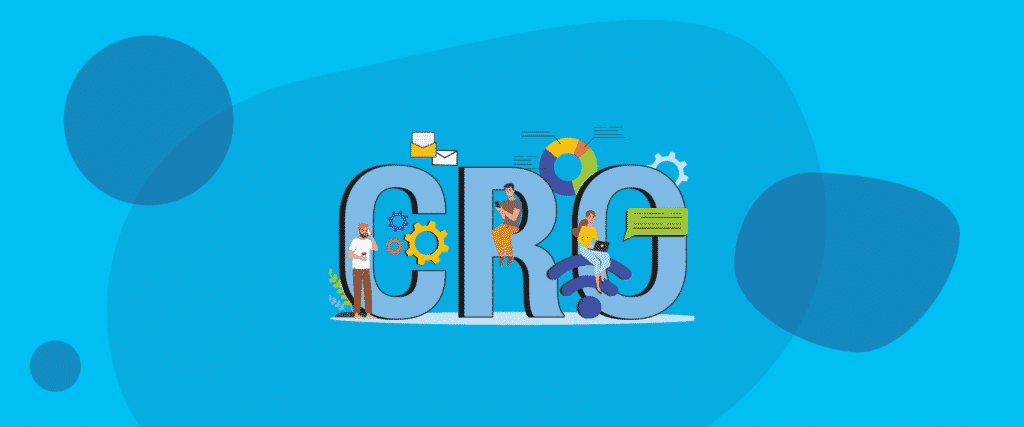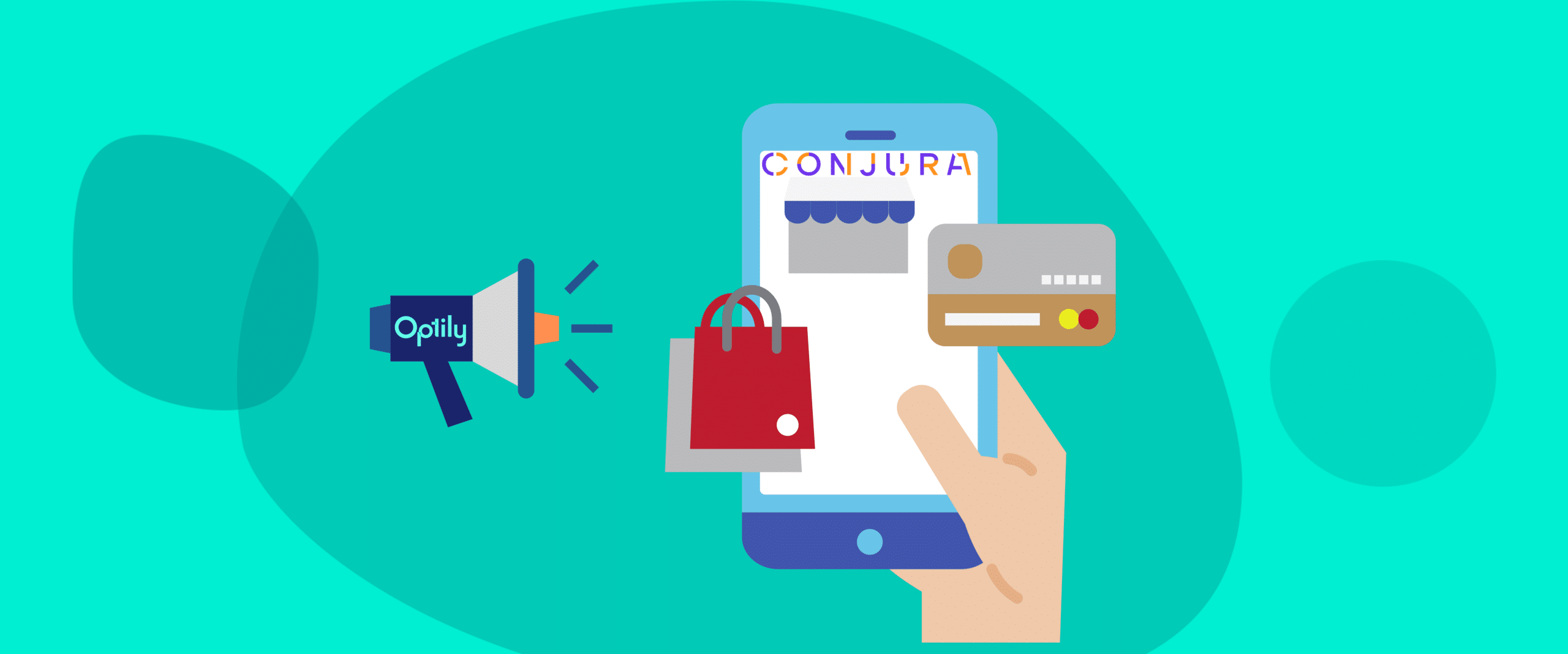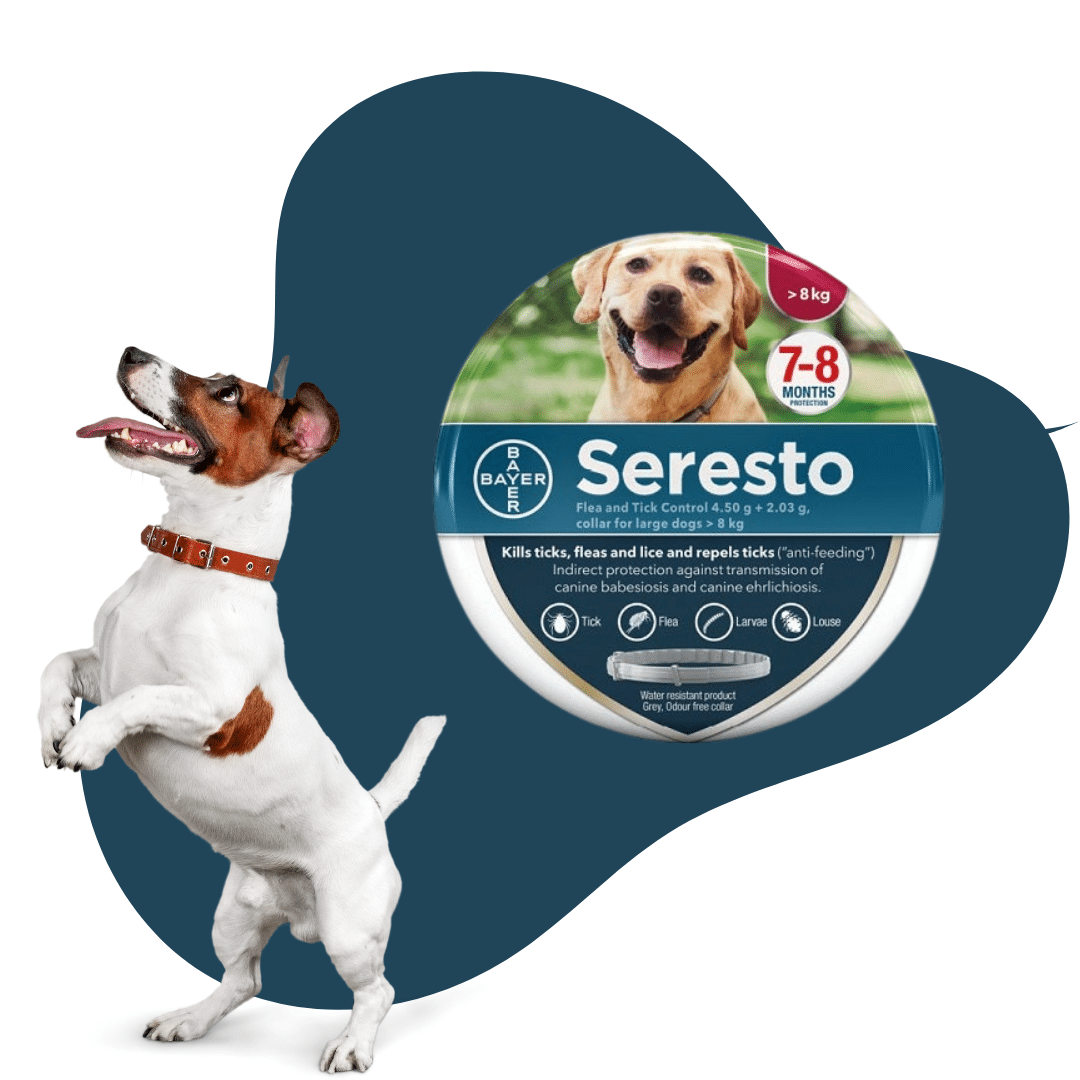
#3 – Take Advantage of Optimization Technology
Technology is there to help, so let it.
Now that you’ve assessed your conversion funnel for each goal on your website it’s time to get smart. Using optimization technology will enable you to identify the problem areas faster, and solve the issues more efficiently.
There are endless amounts of data points companies can analyze when executing CRO strategies. In our recent Optily Radio Podcast – CRO Toolkit: Maximizing cart value & minimizing abandonment with Navah Hopkins, Navah identifies issues with accessibility, “rage-click” moments, and general navigation confusion as useful data points signaling pain points for customers.
With optimization technology, you can look for barriers to completion, misplaced calls to action, or other bottlenecks.
Take a look at your Google Analytics account. What percentage of visitors are converting? What percentage of visitors use mobile devices?
CRO strategy should follow a scientific process, backed by data and lead by tech. If you want to increase conversions, use smarter technology that takes into consideration your customer’s situation.
Expert Tip: Software such as LogRocket, InVision, Fullstory, or Justuno can be utilized for UX, DX, and front-end monitoring to bring your tech game to the next level!
#4 – Incorporate Live Chat
If there’s one thing customers always want, it’s fast service.
See the Optibot in the bottom right corner of your screen? Give him a wave
That’s our way of being there for you as soon as you need us. Using live chat software allows you to actively engage with your website visitors in real-time. When visitors run into a problem, instead of leaving you can offer instant support and guidance as needed.
Add these messaging features to your high-performing web pages to increase conversions. By being present on product pages, potential leads can get the information they want in real-time eliminating any delays.
You should also make the chatbot actionable. This can be done by incorporating a live chat feature to support the bot, as customers don’t really like automated replies to important issues.
#5 – Test, Test, and Test Again
Now that you’ve built a CRO strategy, identified potential issues, and decided on your targets it’s time to test.
You should always be running A/B tests to constantly learn how to improve conversion rates. A/B testing has been proven time and time again to increase the traffic you get to your website and significantly boost conversion rates.
Your landing page is the first impression customers will get of your business, you want it to be perfect. A/B tests are what powers a landing page to drive customers down the funnel to conversion.
Most landing pages fail at converting because businesses build them based on assumptions of what they think customers want. By changing simple things, such as the color of your CTA or images, you can identify what resonates better for your target audience.

Conclusion
With these 5 easy steps you should be prepared to reap the benefits of a strong, long-term CRO strategy.
CRO as a concept is easy to understand, however, it requires some hard work to achieve your conversion goals. Companies, such as Optily, offer cutting-edge ad optimization to bring the customer to your site, after that you must ensure your CRO strategy is ready to maximize conversions.
If you are intimidated, don’t worry. Utilize these tips to come up with a strategy and just start testing it out.
You might be surprised to know that the global conversion rate is just:
- 1.82% on mobile
- 3.90% on desktop
Not that daunting after all, and by following this guide you could be well on your way to being one of the first businesses to smash them numbers out of the park!







